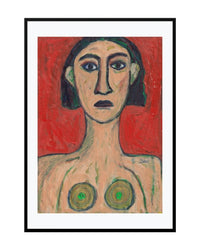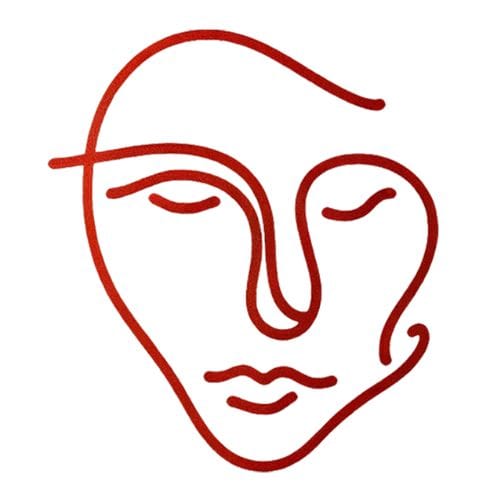In this article, we will look at what artistic expression is, why it matters, and the different forms it takes. We will also see how it affects people and society. By understanding these points, we can better appreciate the role of art in our lives.
What Is Artistic Expression?
Artistic expression is using creativity to show feelings, thoughts, or ideas through art. It helps people communicate beyond words, showing what is inside them. This can happen in many ways, like in visual arts, music, dance, theater, and writing. Each form lets people explore and express their feelings and ideas.
Artistic expression is for everyone, not just professional artists. Whether it’s a child's drawing or a symphony, art connects people and emotions. It creates shared experiences that can be personal and community-oriented. Some artists, like Chrispy, bring this idea to life by fusing history, identity, and emotion into deeply personal visual narratives, showing how contemporary art can educate, preserve, and reimagine cultural traditions.

The Importance of Artistic Expression
Artistic expression is important for personal and social growth. Here are some reasons why:
- Emotional Outlet: Art allows people to express their feelings in a safe way. Creating art can be healing and helps individuals process their emotions. Art therapy uses this idea to support mental health.
- Cultural Reflection: Art reflects different cultures and societies. It helps preserve traditions and appreciate diversity. It can also challenge norms and encourage new ideas.
- Communication Beyond Words: Art speaks a universal language. A painting or song can express feelings that are hard to say with words. This helps people connect and understand each other better.
- Personal Growth: Engaging with art encourages personal growth. It helps people explore their creativity and gain self-confidence. Creating art can also reveal hidden talents and passions. An inspiring example of this is the work of Keneth Mena, a contemporary artist whose expressive portraits explore identity, emotion, and cultural memory through a bold visual language. His practice reflects the deep connection between creativity and personal experience.
Forms of Artistic Expression
Artistic expression comes in many forms, including:
- Visual Arts: This includes painting, drawing, sculpture, and photography. Artists use color and shape to convey meaning and feelings. Contemporary art also includes digital and mixed media. Artists like Barbara Hart embrace expressive storytelling through visual forms, blending emotion and narrative to connect deeply with their audience.
- Music: Music connects people across cultures. Its melodies and rhythms evoke emotions and create shared experiences. Music reflects cultural identity and brings people together.

Arnold Schoenberg, the key figure in the Expressionist movement
- Dance: Dance uses movement to express emotions and stories. It communicates complex feelings without words and allows for a deep connection between dancers and audiences.
- Theater: Theater combines drama, music, and visuals to explore themes and stories. It engages audiences emotionally and intellectually, challenging social norms and provoking discussion.

Expressionism on the American stage: Paul Green and Kurt Weill's Johnny Johnson
- Literature: Literature involves written expression in many forms, such as poetry, fiction, and non-fiction. It allows writers to explore ideas and emotions, helping readers connect with different experiences.
Impact of Artistic Expression on Society
- Fostering Empathy and Understanding: Art promotes empathy by sharing stories and experiences. It helps bridge gaps between communities and encourages inclusivity.
- Inspiring Social Change: Artists can raise awareness about issues and inspire action. Art can challenge the status quo and promote dialogue, making it a tool for positive change.
- Enhancing Education and Learning: Artistic expression in education boosts creativity and critical thinking. It helps students engage and develop important life skills.
- Building Community: Art brings people together through community projects and workshops. It fosters connections and celebrates diversity.
Art brings people together through community projects, exhibitions, and creative events. It fosters connection, celebrates diversity, and encourages dialogue across cultures and backgrounds. For those seeking guidance on how to thoughtfully engage with art in their spaces or communities, services like Art Advisory by Anar offer personalized support that connects people with meaningful, impactful artwork. These kinds of initiatives help bridge the gap between artists and audiences in ways that are both intentional and inspiring.
Conclusion
Artistic expression is a powerful force in our lives. It allows for communication beyond words, builds empathy, and inspires change. By supporting artistic expression, we can enrich our lives and create a compassionate world. Through various art forms, we can explore and share our human experiences. Let’s continue to celebrate creativity in everyone, unlocking the power of art to inspire and transform our lives and communities.




